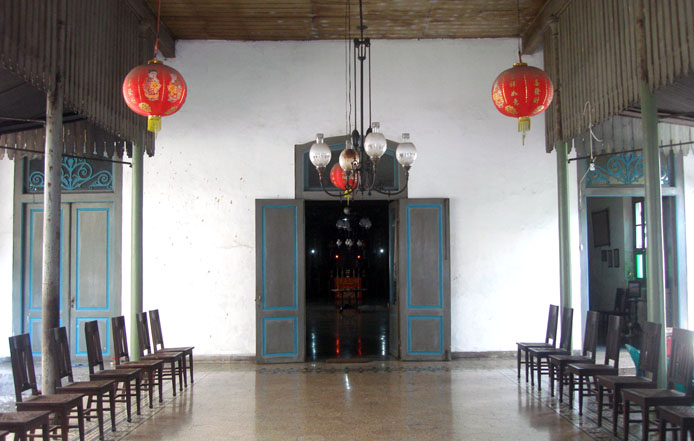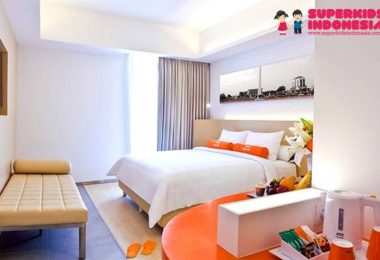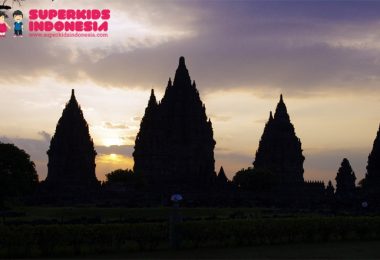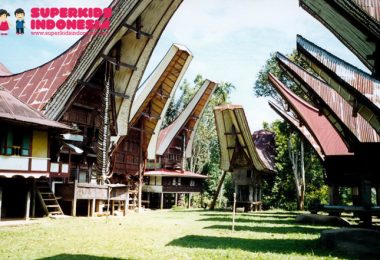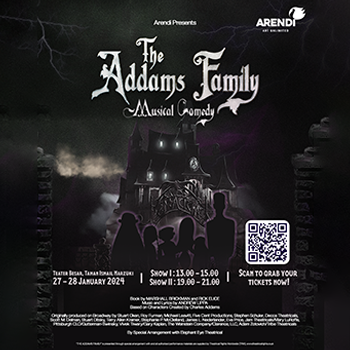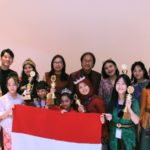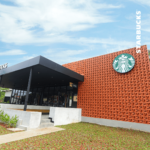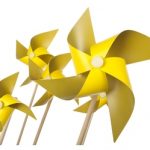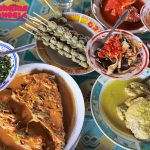Preserving the Ancestors Ashes in Han Ancestral House
Imlek or not, this ancient building is always fully visited by tourists from many countries. What’s with that?
Quite different from regular columbarium, there’s no urns contain the ashes of the deceased to see inside the Han Ancestral House (Rumah Abu Han). What they do have there are sin ci (spirit board), a small graveboard with the names of member of the deceased Hans. Until today, there are 131 of them. The sin ci are lined up based on their generation. They are placed eastern of the altar. Yes, Han Ancestral House is actually a praying house for people from Han family to send prayer for their deceased family member. Yet the name ‘ashes house’ is already too familiar among people.
The building on 72 Karet street Surabaya was built around the 18th century by Han Bwee Kong aka Han Bwe Sing (1727-1778). It’s a 1300 m2 building of a 1510 m2 property. Han Bwee Kong was the sixth generation of the Hans who became the first person Han to be the Chinese kapitan in Surabaya. As Kapiten der Chineezen, he represented the Dutch Colonial Government to lead the Chinese in Surabaya. The Hans entered Indonesia via the coast of Lasem, Central Java in 1673.
Han Ancestral House isn’t ran by a foundation, instead private for the descendant of the Hans. The house that belongs to the cultural preservation consists of three main parts. One main chamber for praying and two halls. The first is an open room. On the entrance to the inner hall, there are lines of wooden chairs to the left and right. On the walls of the second hall, we can see the original painting of Captain Han Bwee Kong, with kanji writings decoration. The altar consists of three marble block desks. It’s similar with the altar we see in temples. Hundreds of sin ci with names of the deceased written in kanji is stored eastern of the altar.
In one year, the Hans hold three regular meetings. It’s on the Chinese New Year, the Ceng Beng (cemetarial prayer) on April 5th and Cioko (rebutan prayer). Other than ritual to pay honor and respect to the ancestor’s souls, the Hans are also kind enough to use the house for educational purposes. For example a discussion house, book review, encim batik fair and documentary film making.
Han Ancestral House is not the only ancestral house in the City of Hero. On Karet street alone, there are two others. One belongs to the The and one to the Tjoa. All three were once a very respected Chinese during the Dutch colonialization era. One of the boys from the The also married to a girl from the Han (their sin ci is placed in special place behind the sin ci chamber). However, yes Han Ancestral House is the only place opens for public. The other two is restricted for public unless they have The or Tjoa’s blood in them
Despite being very popular, Han Ancestral House doesn’t stand out among from the rest of old buildings on Karet street. In fact the front side of the house is often blocked by truck owned by shipping company that parked nearby. From the outside, we can see the tip of a pointed roof house in typical Chinese style, with two poles of classical European style. Since three years ago, The Yono couples has been residing in the place. The Hans entrusted them to take care of the building. They built a modest dwelling in the yard in the side of the building, near the old well that has been there since the house was first built.
Yono works in Surabaya every day. His wife look after the Han Ancestral House by her own. She only takes visitors after having permit from Robert Rosihan, the ninth descendant of Hans who lives in Jakarta. But don’t worry Superkids, it’s not that tricky to get the permit. If you don’t have the arrangement beforehand, Mrs Yono will call his husband who will contact Robert to report the visit. “There hasn’t been any rejection. Anyone can enter after Pak Robert says yes,” said Mrs Yono.
Han Ancestral House
Jl Karet 72 Surabaya
HAFIDA INDRAWATI
PHOTO: HAFIDA INDRAWATI


 Indonesia
Indonesia